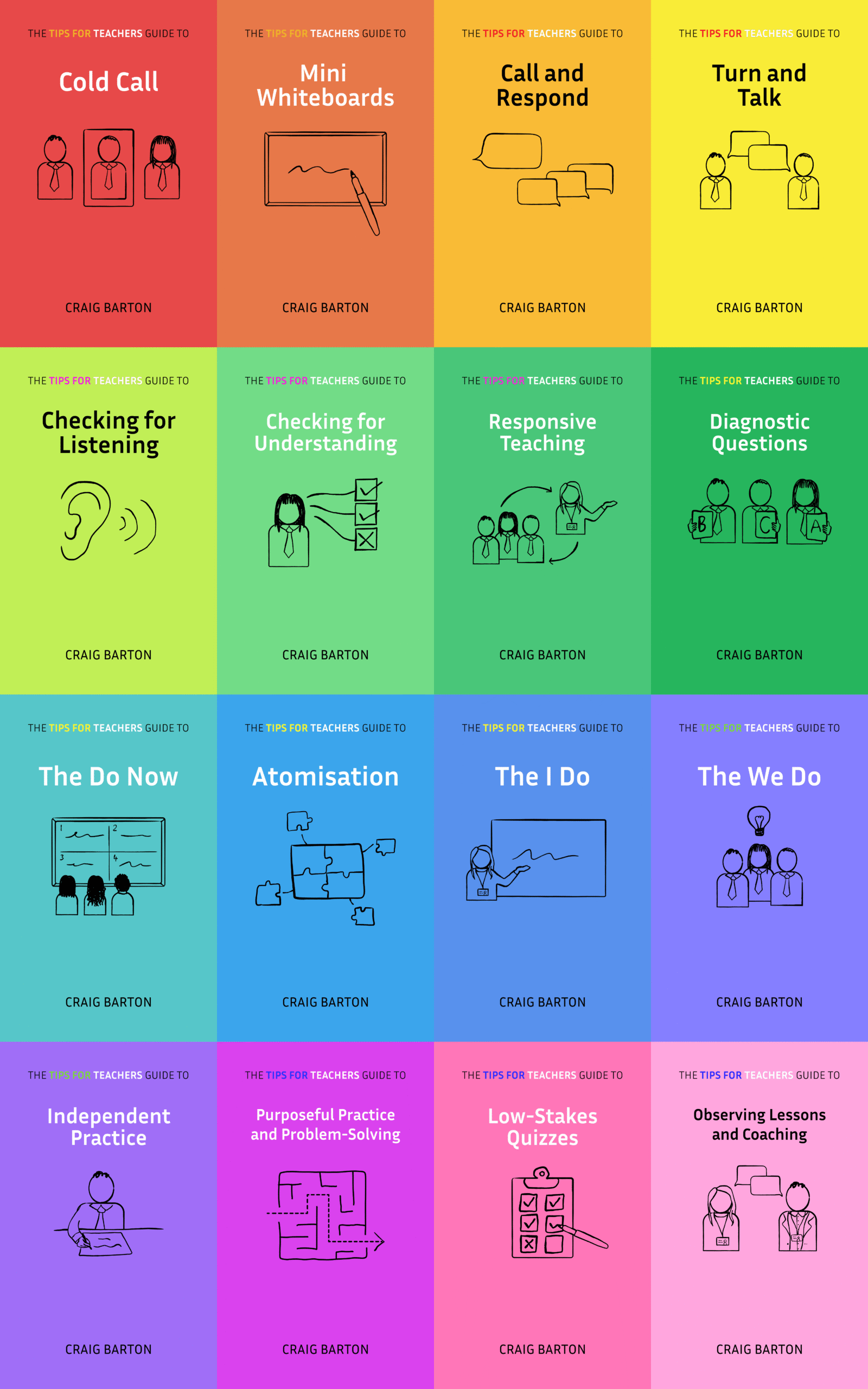
- Title: A new theory of disuse and an old theory of stimulus function
- Authors: Bjork and Bjork
- Access the original paper here
- Listen to a deep-dive podcast:
Paper summary
“A New Theory of Disuse” is a paper by Robert A. Bjork and Elizabeth Ligon Bjork that introduces a new theory regarding the process of forgetting information. The theory posits that forgetting occurs because of interference from other information that has been learned. The authors also examine how a stimulus fluctuation model that was previously proposed to account for forgetting is different from their theory. They argue that their new theory can better explain various phenomena related to memory. This article presents a theoretical argument and does not appear to present any results from experimental studies..
What are the key implications for teachers in the classroom?
- Repeated exposure to a stimulus over time increases its accessibility in memory. This is because the stimulus is more likely to be encoded and stored in a more durable form when it is encountered multiple times.
- The accessibility of a memory trace decays over time if it is not used. This process is known as disuse. As a memory trace becomes less accessible, it becomes more difficult to retrieve and use.
- The concept of disuse suggests that it is important to continue to use information that has been learned in order to maintain its accessibility. This could involve periodically reviewing material, practicing skills, or applying knowledge to new situations.
- The sources discuss two theories related to memory: the theory of disuse and the theory of stimulus fluctuation.
- The theory of disuse posits that memory traces weaken over time due to a lack of use.
- The theory of stimulus fluctuation suggests that memory traces fluctuate in accessibility due to random variations in neural activity.
- The sources primarily focus on the theory of disuse. They suggest that this theory may provide a more comprehensive explanation for forgetting than the theory of stimulus fluctuation.
It is important to note that the sources focus on theoretical models of memory and do not explicitly discuss implications for teaching. However, the principles of disuse and the importance of repeated exposure to stimuli can be applied to the classroom setting. Teachers can use these principles to design instruction that promotes long-term retention of information.
Quote
Our new theory of disuse owes some of its features to Estes’ theory of stimulus fluctuation. One goal of this chapter is to sketch the similarities and differences between our theory of disuse and the fluctuation model. We feel that our theory of disuse provides a more complete explanation for forgetting than the theory of stimulus fluctuation.








